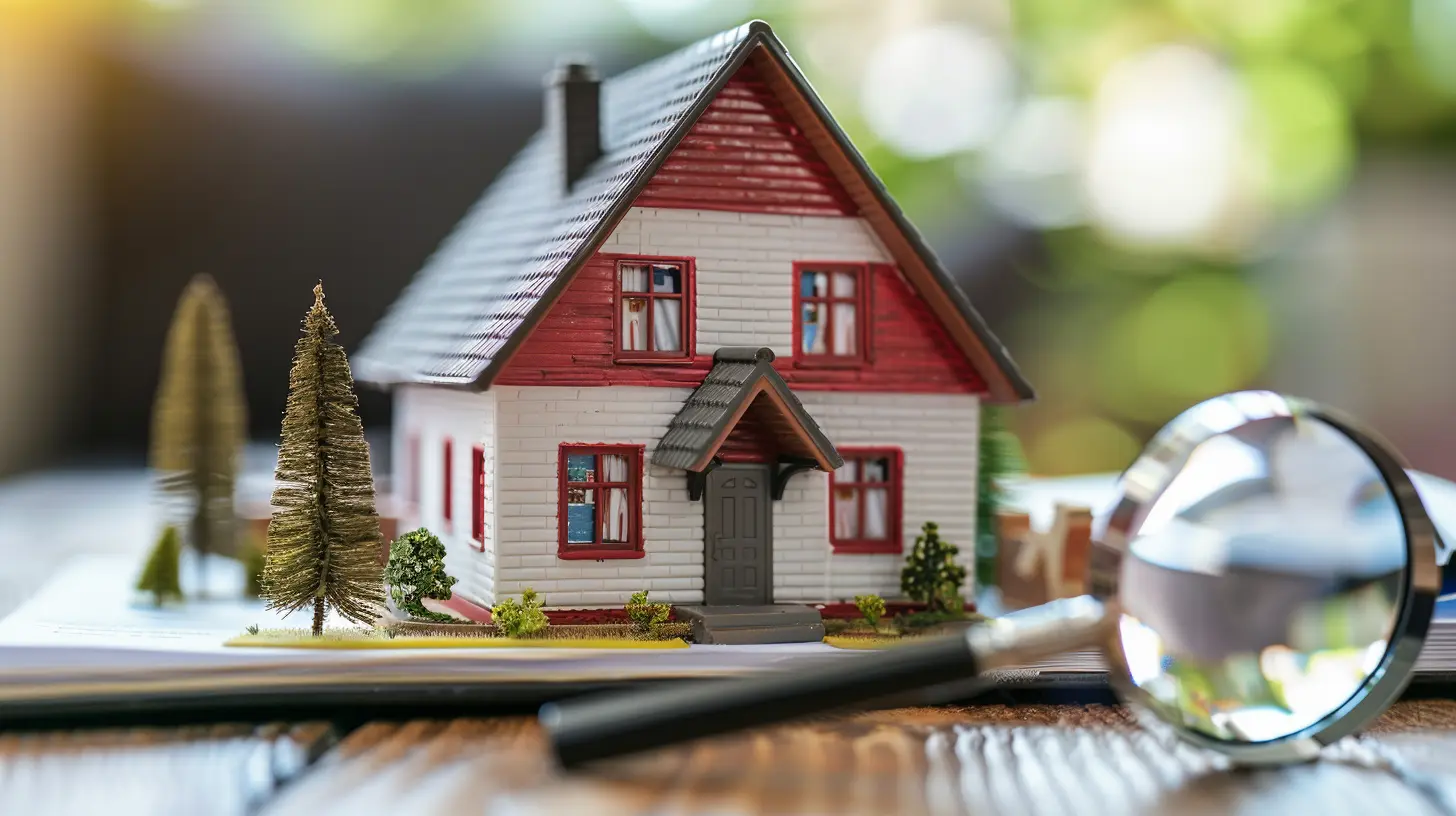How Sellers Can Prepare for a Smooth Home Inspection
26 July 2025
Selling a home can be a nerve-wracking process, and the home inspection is one of the most crucial steps. It’s the buyer’s chance to examine every nook and cranny of the property, looking for potential issues that might need fixing. If you’re not prepared, even small problems can raise red flags and cause unnecessary delays or renegotiations.
So, how can you, as a seller, ensure the inspection goes as smoothly as possible? Let’s break it down so you can sail through this process with confidence. 
Why a Home Inspection Matters
Before we dive into the preparation steps, let’s take a moment to understand why home inspections are such a big deal.A home inspection is typically ordered by the buyer to assess the property’s overall condition. A professional inspector will check everything—from the foundation to the roof and everything in between. Their report can influence the buyer’s decision, leading to either a seamless closing or a renegotiation (sometimes even a deal falling through!).
A well-prepared home increases trust and can speed up the sale. So, wouldn’t it be great to have a game plan? Let’s get started. 
Step 1: Address Repairs Before the Inspection
Imagine walking into an interview knowing you have holes in your resume—stressful, right? The same thinking applies to your house.Before the inspector arrives, take a proactive approach by fixing noticeable issues. Here’s what to focus on:
- Roof and Gutters: Check for missing shingles, leaks, or clogged gutters. A damaged roof is a major concern for buyers.
- Plumbing Leaks: Examine under sinks, around toilets, and anywhere water flows. Even minor leaks can be a red flag.
- Electrical System: Make sure all outlets, light switches, and circuit breakers are functioning properly. Flickering lights or faulty wiring could cause concern.
- Heating and Cooling System: Clean or replace HVAC filters and confirm that all systems are operating correctly.
- Doors and Windows: Ensure they open, close, and lock smoothly; also, check for any drafts or broken seals.
- Walls and Ceilings: Look for cracks, water stains, or peeling paint. These can indicate bigger problems lurking beneath the surface.
A little bit of TLC now can prevent major inspection hiccups later! 
Step 2: Declutter and Clean Thoroughly
First impressions matter, even during a home inspection. A cluttered and dirty home can make inspectors (and buyers) skeptical about how well the property has been maintained.- Clear out storage spaces like closets, basements, and attics so inspectors have easy access to check for structural issues.
- Deep clean all rooms—including windows, baseboards, and appliances.
- Make it smell fresh. Odors from pets, smoke, or mold can be a huge turn-off.
A neat, well-maintained home sends a message: "This house has been cared for!" 
Step 3: Keep All Utility Services Connected
Even if you've already moved out, do not turn off the utilities before the inspection! The inspector needs working electricity, water, and gas to test systems like:- HVAC
- Appliances
- Plumbing fixtures
- Electrical outlets
If a system appears non-functional because the utilities are off, it could raise unnecessary concerns or lead to a rescheduled inspection, delaying the sale.
Step 4: Provide Easy Access to Inspection Areas
Home inspectors need to check every inch of the house, so don’t make it difficult for them.- Move furniture away from walls to allow access to outlets and vents.
- Unlock gates, garages, and crawl spaces.
- Clear access to the attic and electrical panel.
If an inspector can’t access an area, they may note it as "inaccessible," which could lead to additional inspections (and costs!).
Step 5: Gather Important Documents
Wouldn’t it be great if you could show proof of all the maintenance and repairs you’ve done? Good news—you can!Prepare a folder with:
- Recent repairs and maintenance records (roof, plumbing, HVAC, etc.)
- Warranties for appliances and systems
- HOA regulations (if applicable)
This not only helps the inspector but also assures the buyer that the home has been well cared for.
Step 6: Take Care of Minor Issues
Sometimes, small, easy-to-fix issues can create unnecessary concerns in the inspector’s report. Here are some quick fixes:- Replace burnt-out lightbulbs.
- Repair loose doorknobs and handles.
- Tighten leaking faucets.
- Patch up small drywall holes or cracks.
- Lubricate squeaky hinges and sliding doors.
Think of these as the finishing touches that make your home look even better!
Step 7: Be Honest About Known Issues
Let’s face it—no home is perfect. If there’s a known issue (like an aging water heater or a crack in the garage floor), don’t try to cover it up.Being upfront about any defects can prevent surprises and reduce the likelihood of contract disputes. Plus, transparency builds trust with buyers.
Step 8: Make Yourself (and Your Pets) Scarce
During an inspection, it’s best for sellers (and their furry friends) to leave the house. Why?- Inspectors and buyers need space to move around freely.
- Your presence could make the inspector feel pressured, which isn’t ideal.
- Meeting the buyer face-to-face might tempt you into overhearing negotiations you weren’t meant to hear.
Take this time to grab a coffee or run errands—it’s better for everyone involved.
Step 9: Be Ready for Post-Inspection Negotiations
Even if you prepare thoroughly, the inspector may still find some issues. Don’t panic!- Review the report with an open mind. Not every issue needs immediate fixing.
- Negotiate wisely. Some buyers may request repairs; others may ask for a price reduction instead.
- Remain flexible. A successful deal often requires some give and take.
Remember, the goal is to sell your home with minimal stress while keeping the buyer happy.
Final Thoughts
Preparing for a home inspection may seem overwhelming, but with the right approach, it doesn’t have to be. By tackling repairs in advance, keeping your home clean and accessible, and being honest about known issues, you can create a smooth, hassle-free experience for both yourself and the buyer.Think of it as setting the stage for a great performance—when everything is in place, the show goes off without a hitch!
So, take a deep breath, follow these steps, and get ready to ace that inspection. Your successful home sale is just around the corner!
all images in this post were generated using AI tools
Category:
Home InspectionsAuthor:

Mateo Hines
Discussion
rate this article
1 comments
Camden McBride
A home inspection is a revealing mirror; its reflections can guide sellers to present not just a house, but a nurturing sanctuary for future owners.
August 8, 2025 at 11:15 AM

Mateo Hines
Absolutely! A thorough home inspection helps sellers enhance their property’s appeal and ensures it's a welcoming sanctuary for future owners.


